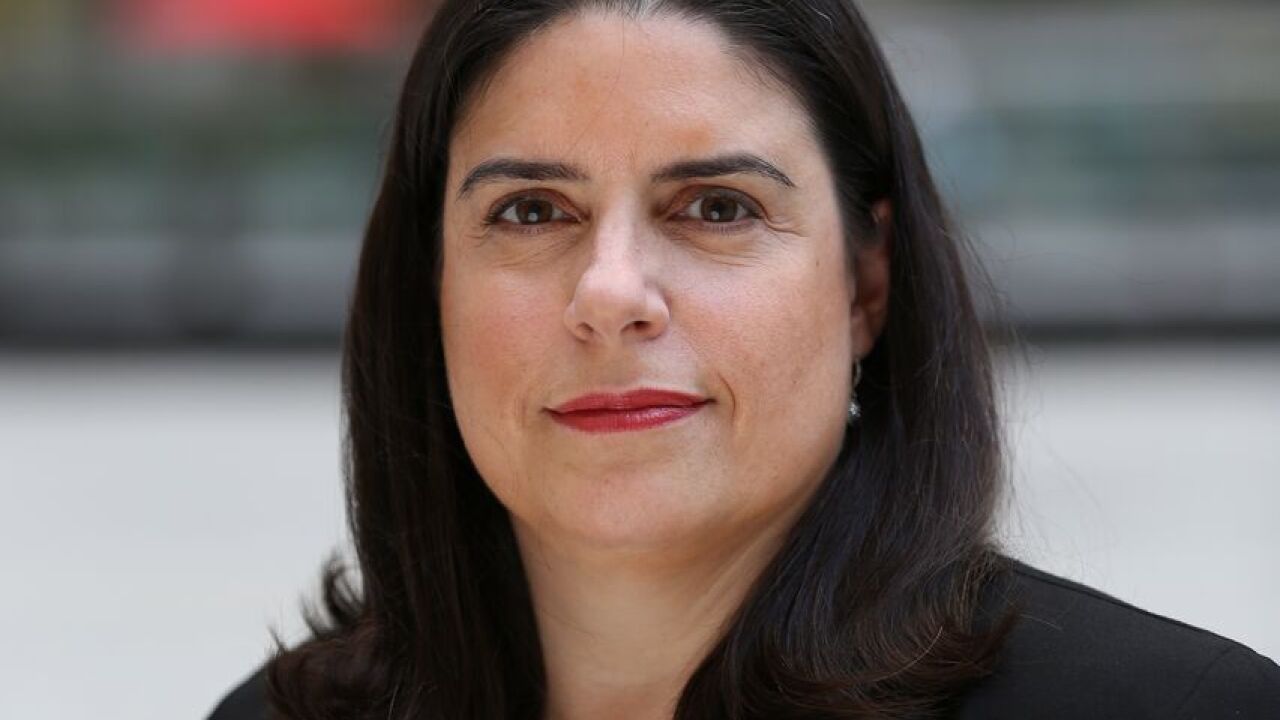Though Federal Reserve Board Chair Jerome Powell at his press conference Wednesday doused market hopes for a rate cut, it wasn't the result of a policy shift.

“Any hints of the Fed raising or lowering rates gleaned from Fed Chair Powell's scrupulously neutral press conference reflect the listeners' wishes, not possible changes in Fed policy,” said Robert Frick, corporate economist at Navy Federal Credit Union. “Consumers should expect lending rates and saving rates to continue close to current levels, and given the Fed sees no major threats to the expansion, the economy should continue to support job and wage growth.”
The Fed chair has said before that one number from one month is virtually meaningless to the panel, since numbers are often revised or reversed by a huge move in the other direction in the next read.
At the press conference, Powell was reiterating that thought in different words. He noted the Fed wasn’t going to cut rates immediately just because inflation softened further for one month. And his reasoning, or explanation, was that he thought the move wasn’t the result of a trend, but rather a decline in an area that would not be sustained, like what happened last year when a cell phone price war slowed inflation.
“There is no question Chair Jerome Powell had much to explain after the last two FOMC meetings, when the Fed all but did a U-turn,” according to Deborah Cunningham, Chief Investment Officer, Global Liquidity Markets at Federated Investors. But with Powell and the Fed statement proclaiming rates will remain where they are until data suggest a move is needed, “there isn’t much to uncover. But the markets are searching anyway, and little actions get turned into big reactions if a Fed official says something slightly different from the party line.”
“Powell arguably has the biggest communication challenge of any recent central banker,” said Luke Tilley, chief economist at Wilmington Trust. “Not only is he trying to thread a very fine needle to keep the expansion going while being mindful not to juice the markets, but he’s also communicating more regularly than both [Ben] Bernanke or [Janet] Yellen did during their time as chair.”
Inventories and trade, which helped push core growth up, “are not likely to stick around,” he said. “Even if growth moves lower, we don’t expect it to be strong enough push inflation much higher. An important question for the market is to determine whether the Fed will reliably let inflation run a bit above its target, which would be very bullish for equities and an extended cycle.”
Stifel Chief Economist Lindsey Piegza said the weakest components of personal consumption expenditures — financial services costs, for example — are temporarily holding down inflation. "The problem is there will always be a relatively weaker component in the price calculation," she said. "Thus if we dismiss earlier price declines as transitory, shouldn't temporary prices increases supporting rising inflation also be seen as transitory?”
The markets are no longer expecting the Fed to cut rates this year.
“Before the meeting, there was an almost 50/50 chance of fed fund rate decline in September and a likely decline by December reflected in the futures,” according to Charles Self, Chief Investment Officer at iSectors. “Today, the chance of a September [cut] had declined significantly and there is only a 50/50 chance of a decline in December. Longer rates haven't moved much but, in essence, shorter rates have moved higher, flattening the yield curve. The market is becoming more convinced that Powell's statements on the symmetrical nature of their next Fed Fund rate move will result in no rate change this year.”
While Powell said the Fed doesn’t see a case for changing rates, Robert Johnson, chairman and CEO at Economic Index Associates, noted, “Ironically, President Trump’s call for a 100-basis point drop in rates actually makes the case for a rate cut more difficult, as the Fed is intent on asserting its independence and will not succumb to political pressure.”
And, Johnson agrees, “Given the current economic data, there is simply no case to be made for a rate cut — and certainly not a 100-basis point cut. Investors need to come to the realization that in the United States, the massive era of quantitative easing has ended.”
Self said Trump's lobbying for lower rates would have the opposite effect. "The FOMC does not want to be seen as bowing to political pressure. Thus, they will have to feel more strongly that a rate cut is needed before actually implementing lower rates.”
Thursday’s economic data
Productivity rose 3.6% in the first quarter, the largest quarterly increase since 2014, while unit labor costs fell 0.9%, the first decline since the second quarter of 2018. Economists polled by IFR Markets expected productivity to gain 1.4% and unit labor costs to rise 2.0%.
Separately, initial claims held at 230,000 in the week ended April 27, with expectations of a drop to 215,000.
The Institute for Supply Management-New York reported current business conditions rose to 77.3 in April, its highest reading since 80.5 in July 2006, while the six-month outlook recovered to 77.8 from a 10-year low of 53.0 in March.
Factory orders grew 1.9% in March, compared to expectations for a 1.5% rise, while orders excluding transportation gained 0.8% after rising 0.3% in February.





